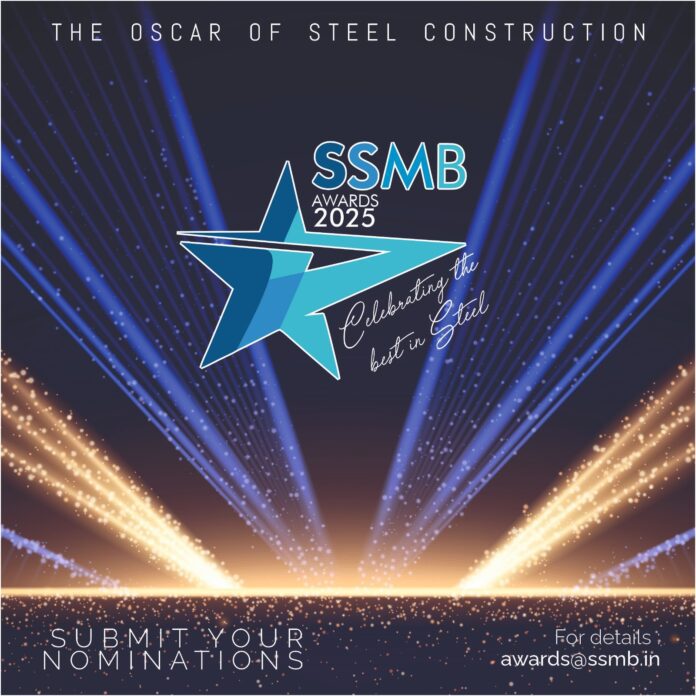Far away from the bustling Mumbai coast, in the middle of the Arabian Sea, stands one of India’s most enduring symbols of engineering strength — the Mumbai High Offshore Platform, formerly known as the Bombay High. Built in the 1970s, this sprawling network of steel structures marked the beginning of India’s offshore oil production era and remains a triumph of human ingenuity and material science. More than an industrial site, it is a living classroom in how steel can perform under some of the harshest conditions on Earth.
The Story Behind the Project
The story of Mumbai High began in 1964, when a consortium led by the Soviet Union helped India explore potential oil reserves in the western offshore basin. By 1974, commercial production had started, transforming the nation’s energy landscape. The platform was constructed to extract crude oil from reservoirs lying nearly 75 kilometres off the Mumbai coast at a depth of about 75 metres.
Originally known as Bombay High, the field was renamed Mumbai High in the mid-1990s to reflect the city’s official name change from Bombay to Mumbai. Despite the new name, its legacy as the project that powered India’s industrial transformation remains unchanged.
The project required extraordinary structural precision. Designing a steel structure that could withstand relentless waves, corrosion, high winds and temperature fluctuations demanded expertise and innovation that was rare in India at the time. Larsen & Toubro and other domestic firms collaborated with international engineers to fabricate massive tubular steel jackets, decks and flare booms that formed the backbone of the offshore complex.
Design and Structural Aspects
At the heart of Mumbai High are its steel jackets — multi-level lattice structures made of high-strength, marine-grade tubular steel. These jackets are anchored to the seabed by piles driven deep into the ocean floor, ensuring stability even in cyclonic conditions. The modular topsides were prefabricated onshore, transported on barges and installed using heavy-lift vessels — a process that mirrored modern modular steel construction.
The corrosion-resistant coatings used on the platform were among the first large-scale applications of cathodic protection in India. Engineers also employed redundant load paths and bracing systems to distribute stresses evenly across the structure, ensuring long-term integrity. These principles — modular fabrication, corrosion control and load optimisation — remain central to offshore and onshore steel design today.
Did You Know?
Mumbai High produces nearly 40 per cent of India’s offshore crude oil. The steel used in the original platforms could collectively weigh over 100,000 tonnes — roughly equivalent to the steel used in more than ten large stadiums. The field’s iconic “Sagar Samrat” rig, which became operational in 1974, was converted into a Mobile Offshore Production Unit in 2022, extending its life by decades — a rare example of adaptive reuse in industrial infrastructure.
Legacy Meets Today’s Tubular Advances
The Mumbai High structures demonstrated that steel could not only support weight but also adapt to motion, vibration and corrosion. This legacy continues in modern projects such as India’s emerging offshore wind farms, where tubular steel monopiles and lattice towers are being deployed in similar environments. The same material that once helped extract energy from beneath the sea is now enabling renewable energy production above it.
Recent advancements in marine-grade steels and surface treatments draw directly from lessons learned at Mumbai High. For instance, duplex stainless steels and low-alloy steels with high corrosion resistance are now preferred for offshore wind towers, hydrogen terminals and coastal bridges. Engineers cite Mumbai High as a case study in lifecycle engineering — where design for durability and maintenance determines long-term success.
Expert Takeaway
- Design for endurance: Offshore structures demand designs that account for fatigue, vibration and corrosion — principles now embedded in modern steel codes.
- Prefabrication efficiency: Modular construction pioneered in Mumbai High continues to shape industrial and infrastructure projects today.
- Material resilience: The project demonstrated how steel’s flexibility and strength can deliver performance even under marine exposure.
- Innovation in reuse: The transformation of Sagar Samrat into a production unit highlights how sustainable engineering can extend the life of large steel assets.
Closing Thought
The Mumbai High Offshore Platform is more than a feat of industrial design — it is a testament to India’s ability to blend innovation, endurance and steel. What began as an audacious experiment in deep-sea engineering has evolved into a national blueprint for resilience and adaptability.
As India now looks to harness the sea once again, this time for wind and hydrogen power, the legacy of Mumbai High reminds us that the foundations of progress are often forged in steel — strong, versatile and enduring.
Stay tuned as we continue exploring India’s great steel landmarks — from the ocean floor to the city skyline — uncovering stories of strength, science and imagination that continue to shape the nation’s future.




